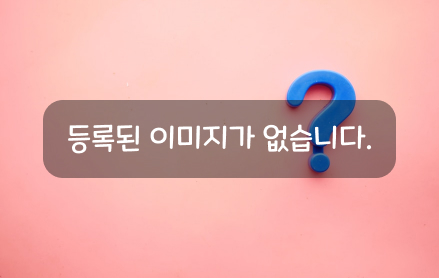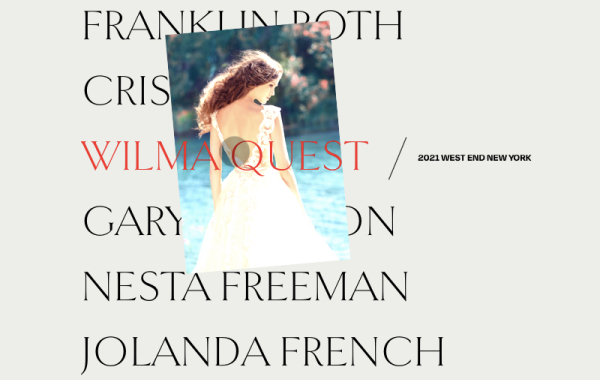Learn how to use instanced rendering and post-processing techniques to recreate a hypnotic looping animation with react-three-fiber.
By Matt Rossman in Tutorials on December 17, 2020
From our sponsor: Squarespace is everything you need to sell anything: your brand, products, services, or content.
There’s a slew of artists and creative coders on social media who regularly post satisfying, hypnotic looping animations. One example is Dave Whyte, also known as @beesandbombs on Twitter. In this tutorial I’ll explain how to recreate one of his more popular recent animations, which I’ve dubbed “Breathing Dots”. Here’s the original animation:
The Tools
Dave says he uses Processing for his animations, but I’ll be using react-three-fiber (R3F) which is a React renderer for Three.js. Why am I using a 3D library for a 2D animation? Well, R3F provides a powerful declarative syntax for WebGL graphics and grants you access to useful Three.js features such as post-processing effects. It lets you do a lot with few lines of code, all while being highly modular and re-usable. You can use whatever tool you like, but I find the combined ecosystems of React and Three.js make R3F a robust tool for general purpose graphics.
View the template
I use an adapted Codesandbox template running Create React App to bootstrap my R3F projects; You can fork it by clicking the button above to get a project running in a few seconds. I will assume some familiarity with React, Three.js and R3F for the rest of the tutorial. If you’re totally new, you might want to start here.
Step 1: Observations
First things first, we need to take a close look at what’s going on in the source material. When I look at the GIF, I see a field of little white dots. They’re spread out evenly, but the pattern looks more random than a grid. The dots are moving in a rhythmic pulse, getting pulled towards the center and then flung outwards in a gentle shockwave. The shockwave has the shape of an octagon. The dots aren’t in constant motion, rather they seem to pause at each end of the cycle. The dots in motion look really smooth, almost like they’re melting. We need to zoom in to really understand what’s going on here. Here’s a close up of the corners during the contraction phase:
--이하생략
출저 : https://tympanus.net/codrops/2020/12/17/recreating-a-dave-whyte-animation-in-react-three-fiber/
By Matt Rossman in Tutorials on December 17, 2020
From our sponsor: Squarespace is everything you need to sell anything: your brand, products, services, or content.
There’s a slew of artists and creative coders on social media who regularly post satisfying, hypnotic looping animations. One example is Dave Whyte, also known as @beesandbombs on Twitter. In this tutorial I’ll explain how to recreate one of his more popular recent animations, which I’ve dubbed “Breathing Dots”. Here’s the original animation:
The Tools
Dave says he uses Processing for his animations, but I’ll be using react-three-fiber (R3F) which is a React renderer for Three.js. Why am I using a 3D library for a 2D animation? Well, R3F provides a powerful declarative syntax for WebGL graphics and grants you access to useful Three.js features such as post-processing effects. It lets you do a lot with few lines of code, all while being highly modular and re-usable. You can use whatever tool you like, but I find the combined ecosystems of React and Three.js make R3F a robust tool for general purpose graphics.
View the template
I use an adapted Codesandbox template running Create React App to bootstrap my R3F projects; You can fork it by clicking the button above to get a project running in a few seconds. I will assume some familiarity with React, Three.js and R3F for the rest of the tutorial. If you’re totally new, you might want to start here.
Step 1: Observations
First things first, we need to take a close look at what’s going on in the source material. When I look at the GIF, I see a field of little white dots. They’re spread out evenly, but the pattern looks more random than a grid. The dots are moving in a rhythmic pulse, getting pulled towards the center and then flung outwards in a gentle shockwave. The shockwave has the shape of an octagon. The dots aren’t in constant motion, rather they seem to pause at each end of the cycle. The dots in motion look really smooth, almost like they’re melting. We need to zoom in to really understand what’s going on here. Here’s a close up of the corners during the contraction phase:
--이하생략
출저 : https://tympanus.net/codrops/2020/12/17/recreating-a-dave-whyte-animation-in-react-three-fiber/

어떤 일이라도 노력하고 즐기면 그 결과는 빛을 바란다고 생각합니다.
최신 글
 테스트3
테스트3
 테스트22
테스트22
 테스트
테스트
인기 글
 Creating a Menu Image Animation on Hover
Creating a Menu Image Animation on Hover
 Inspirational Websites Roundup #41
Inspirational Websites Roundup #41

댓글